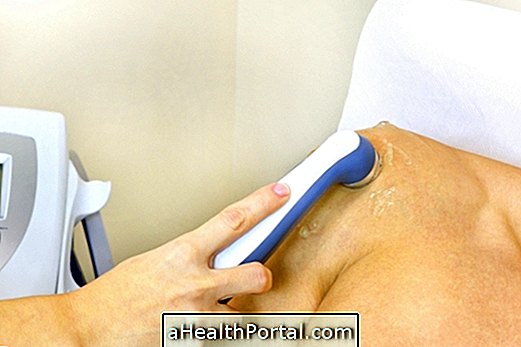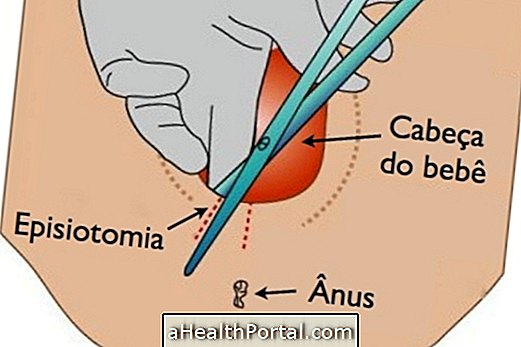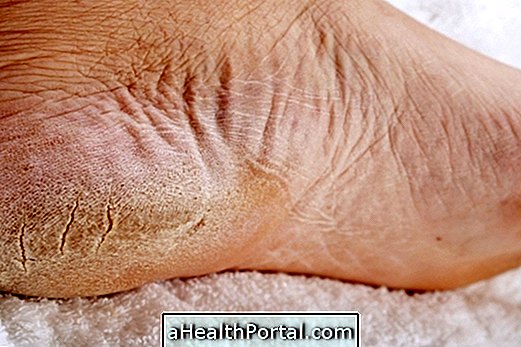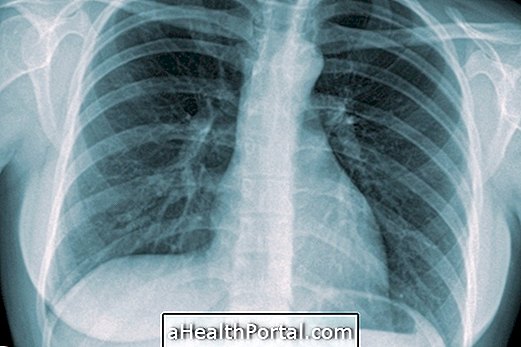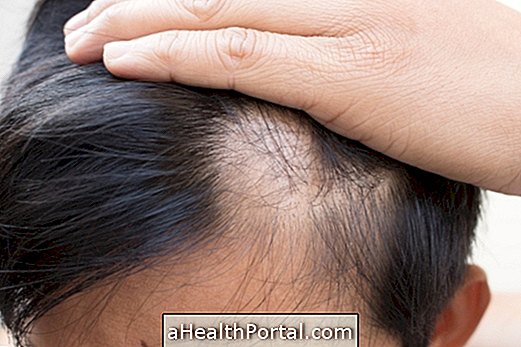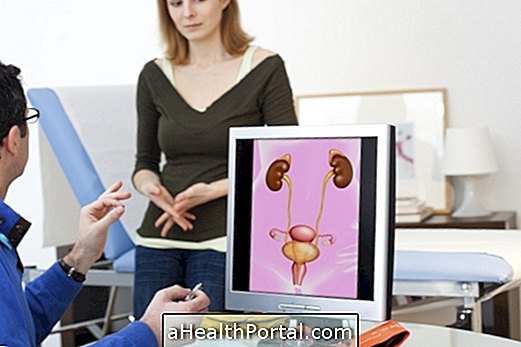The neurogenic bladder is the inability to control the act of urinating due to a bladder or urinary sphincter dysfunction, which can have a variety of causes, ranging from changes in the nerves, which prevent the muscles in the region from functioning properly, as well as situations that irritate the region, such as hormonal changes, bladder inflammation or infections, for example.
The neurogenic bladder may or may not be cured, which is defined after evaluation by the urologist, which determines its causes and defines whether it is of the type:
- Hypoactive : when muscles can not contract at the right time;
- Hyperactive : when there is excessive contraction of muscles and involuntary loss of urine.
From the type of bladder, the doctor can define among treatment options, which include the use of drugs such as oxybutynin, Tolterodine or botulinum toxin application, for example, in addition to physiotherapy, use of bladder catheter or surgery.

Main symptoms
In the neurogenic bladder, there is a change in the nerves that control the muscles that involve the bladder or urinary sphincter, which can not relax or contract at the right time.
Thus, the person with this change loses the ability to urinate in a coordinated way, according to his will. Depending on the type of change, the neurogenic bladder may be:
Hyperactive Bladder
It is also known as spastic bladder or nervous bladder, as the bladder contracts involuntarily, thus causing unexpected and inappropriate moments of urine loss.
- Symptoms : urinary incontinence, frequent and low urination, pain or burning in the bladder area, loss of control of ability to urinate.
Overactive bladder is more common in women, and may be stimulated by hormonal changes in menopause, or by enlargement of the uterus in pregnancy. Learn more details on how to identify the overactive bladder.
2. Hypoactive Bladder
It is also known as flaccid bladder because the bladder is unable to contract voluntarily, or the sphincter is unable to relax, which causes urine storage without the ability to properly eliminate it.
- Symptoms : Feeling that the bladder has not completely emptied after urinating, dripping after urinating, or involuntary urine leakage. This increases the chances of a urinary tract infection and impairment of kidney function, so treatment should be started as soon as possible.

Possible causes
The causes of the neurogenic bladder can be:
- Irritation of the bladder, due to urinary tract infection or hormonal changes, such as menopause;
- Genetic alterations, as occurs in myelomeningocele;
- Neurological reversible diseases such as neurocysticercosis or neuroeschistosomiasis;
- Nerve compression of the lumbar region by disc herniation;
- Accident that damages the spine, causing paraplegia or tetraplegia;
- Degenerative neurological diseases such as multiple sclerosis or Parkinson's;
- Post-stroke neurological involvement;
- Peripheral neurological disorders due to diabetes;
- Loss of elasticity of the bladder, caused by inflammation, infections or neurological changes in general.
In men, the enlarged prostate can mimic many neurogenic bladder symptoms, being an important reversible cause of altered urinary system function.
How to confirm the diagnosis
In order to diagnose neurogenic bladder, the urologist will evaluate the patient's clinical history, detail of the symptoms, and the physical examination, in addition to requesting tests that can observe the functioning of the urinary tract, such as ultrasonography, contrast radiography, urethrocistography and urodynamic examination, to assess the contraction of urinary muscles at the time of urination.
How is the treatment done?
Treatment for neurogenic bladders is complex and may involve:
- Use of drugs of the parasympathetic agonist type, such as bethanechol chloride, antimuscarinics, such as oxybutynin (Retemic) or tolterodine, in addition to other agents acting on neurotransmitters such as glutamate, serotonin, noradrenaline, dopamine and gamma-aminobutyric acid (GABA ), used according to each case;
- Botulinum toxin (botox), which can be used to decrease the spasticity of some muscles;
- Intermittent probing, which is the bladder catheter passage, which can be used periodically by the patient himself (4 to 6 times a day) and removed after emptying the bladder;
- Surgery, which may be to improve the functionality of the bladder or divert urine to an external opening (ostomy) created in the abdominal wall;
- Physiotherapy, with exercises to strengthen the pelvic floor. See how the physiotherapy for urinary incontinence is done.
The type of treatment will depend on the cause of the disease, with a view to its solution. However, when this is not possible, the doctor may indicate a combination of treatments to improve the person's quality of life, as well as avoid repetitive infections and renal impairment.
Watch in this video how to do the exercises to strengthen the pelvic floor and avoid the neurogenic bladder:

Is neurogenic bladder healing?
The neurogenic bladder can be cured when it is caused by reversible causes, such as urinary tract infection or neurocysticercosis, for example, showing improvement after treatment.
However, in many cases, the neurogenic bladder has no cure, but treatment can help improve muscle tone, alleviate symptoms, and improve one's quality of life. For this, it is important to have follow-up with urologist and, in some cases, neurologist.

